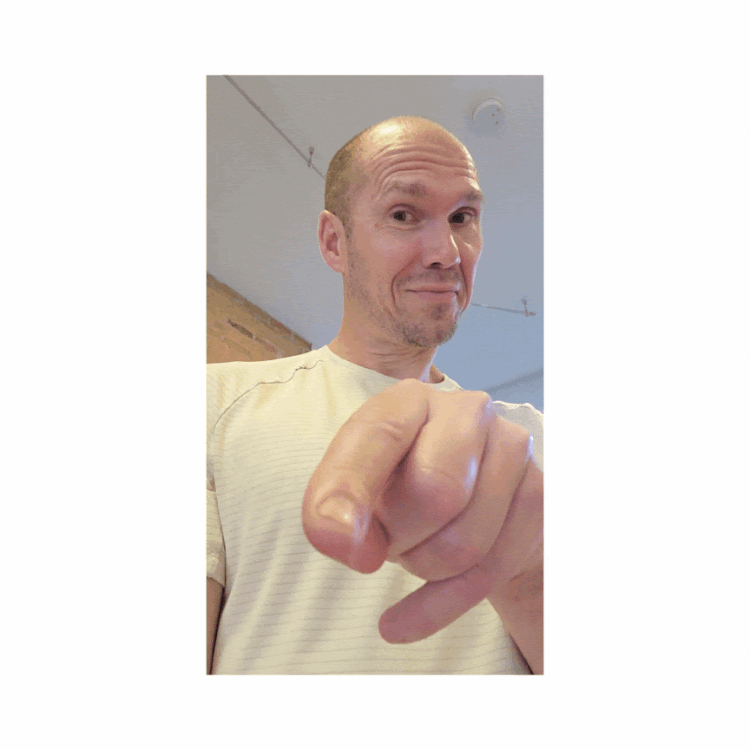Your gait tells a story. Studying how you walk informs a lot about how to train most efficiently. The patterns of use emerge after the thousands of steps are breadcrumbs illustrating important clues on how to train efficiently. One such pattern: Cerebellar gait, may inform how to train balance, strength, even how to manage pain.
Analogy time
Your car breaks down. The engine is steaming. You tow it to the mechanic and he recommends new tires.
Say what?
Certainly you’d find another mechanic, right?
Your balance lives mostly in your ears (vestibular organs), your brain (cerebellum), your eyes, and your feet.
Do you know how to train these parts of your body for balance?
Most people “train” balance by exercising on unstable surfaces (like a Bosu).
This is equivalent of the mechanic recommending new tires.
The Cerebellum
| The Cerebellum is a fascinating part of your brain. In a greatly simplified summary of neurology your Cerebellum is in control of the ABC’s of movement: Accuracy, Balance, and Coordination. It’s job (simplified) is to notice errors in ABC and then correct them. Brain studies reveal that when neurons activate simultaneously, their connections (synapses) strengthen, making it more likely they will fire together again in the future. Put simply what wires together, fires together. Accuracy, balance and coordination wire together in the cerebellum. When you train one or more of the ABC’s the others are firing simultaneously. Given that, if one trains accuracy and coordination, their cerebellum is firing, and as a result balance improves as well because it’s strongly wired into the cerebellum. Want to improve your balance, train your cerebellum. Warning- what I’m about to recommend will sound out there. In fact, it looks a little out there too. And when I explain it, it really sounds out there. Be that as it may, it works 1000 times better than training on a bosu ball. Trust me. I got this. |
Walk this way (volume 3)
I’ve discussed how much your walk says about you in the past. It’s a road map for how to train your body. If your cerebellum isn’t firing correctly your gait tells the tale.
Cerebellar gait: a visual
In addition to ABC the cerebellum controls proximal extensor tone. Importantly if it isn’t working properly muscles such as the lats and glutes (proximal extensors) aren’t functioning properly. Therefore Cerebellar gait is defined by internally rotated feet (pigeon toes) and internally rotated shoulders (visible palms as one walks away). Have a look.

If you walk like this (which is quite common btw) your cerebellum needs a workout.
Balance made simple
Let’s Test your balance really quick:
- Stand on one leg- how long can you go?
- Stand on the other leg- how long?
- Stand on one leg (eyes closed)- how long?
- Other leg- how long?
Now we have a base line.
Lets review.
- Your gait tells us if your cerebellum is working optimally.
- Cerebellar gait is walking with internally rotated feet and your palms turned out (poor proximal extensor tone).
- The Cerebellum manages ABC (accuracy, balance, coordination).
- What wires together fires together.
- That means we can improve Balance with Accurate, Coordinated movement.
- This kind of movement happens mostly in four places: your hands, your ankles, your wrists, and your jaw.
- Move any of these joints in an accurate, coordinated manner and your balance improves.
So let’s say your one legged eyes closed balance on the left foot needs work. Try tracing your name with your left index finger (and only the finger) as shown below. This is accurate, coordinated movement.

I’m tracing my netflix password in the above clip. If you can decipher it…
Now try your balance again. Better?
If yes- sweet. You have a trick for better balance.
No? Try moving your wrist, ankle or jaw in an accurate, coordinated manner.
Retest your balance after every one. Find what movement up-regulates your cerebellum. I’ve had the best luck with fingers and wrists.
I’ve seen people unable stand on their right foot for 3 seconds balance for over a minute (eyes closed) after moving their fingers.
Nothing worked. Well there’s 5 minutes of your life you won’t get back. At least you’ve eliminated one culprit of bad balance.
Try one of the other likely culprits. Like training your feet.
Or your eyes.
Or maybe I can offer you some new tires.